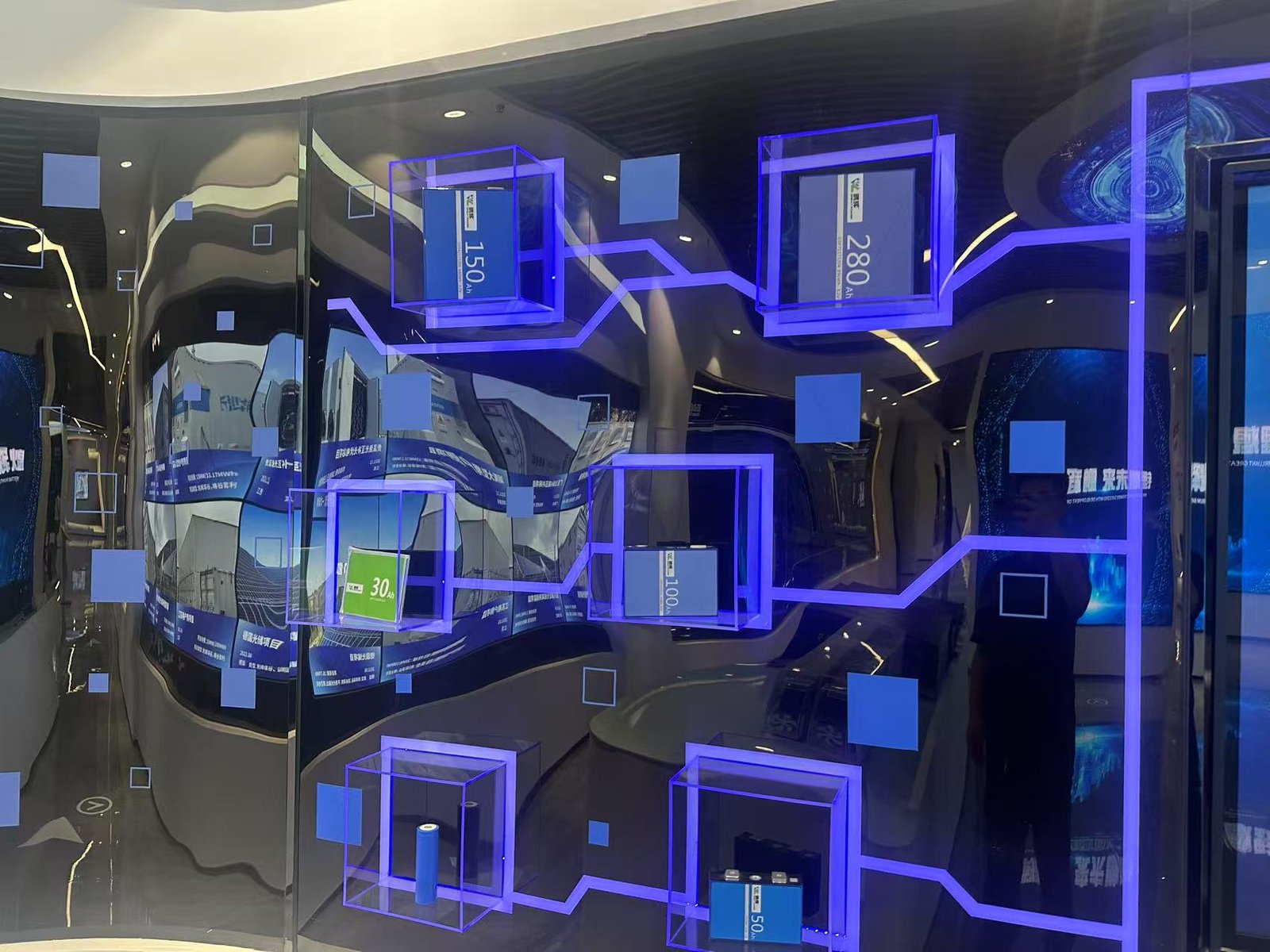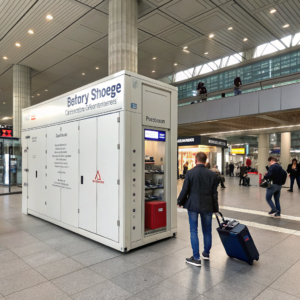Solar System Lightning and Wind Protection: Outdoor Safety Essentials
•
Solar System Lightning and Wind Protection: Outdoor Safety Essentials
Did you know a single lightning strike can destroy thousands of dollars worth of solar equipment? Proper protection isn't just advisable - it's essential for system longevity.
Effective solar system protection requires proper grounding, structural reinforcement, and surge protection to safeguard against lightning strikes and high winds that can cause catastrophic damage.
Extreme weather events are increasing globally, making robust protection systems no longer optional for solar installations. Let's examine the critical components that keep your system safe year-round.
Grounding and Lightning Protection for Solar Panels
What happens when lightning strikes near your solar array? Without proper grounding, you're risking not just equipment damage but potential fire hazards.
A complete lightning protection system includes copper grounding rods, aluminum conductor cables, and surge arrestors to safely divert strikes away from sensitive components.
Comprehensive Lightning Protection Components
-
Grounding System Essentials
- 8-10 ft copper-clad grounding rods
- Bare copper grounding conductors (AWG 6 minimum)
- UL-listed grounding clamps and connectors
-
Surge Protection Devices Location Protection Rating Response Time Array 40kA <25ns Inverter 20kA <100ns Main Panel 50kA <25ns -
Installation Best Practices
- Separate ground rods for array and building
- Continuous ground loop around array perimeter
- Annual inspection of all connections
"Proper grounding reduces lightning damage risk by 85% and is required by NEC Article 690 for all solar installations" - National Electrical Code
Ensuring Structural Integrity for Wind and Storm Protection
Can your solar racking withstand 100+ mph winds? Many standard installations fail this critical test without proper reinforcement.
Wind-resistant solar mounting requires engineered racking systems, increased fastener quantities, and wind deflectors to prevent uplift forces from damaging panels and roofs.
Wind Protection Design Standards
-
Wind Rating Requirements
- Basic: 90 mph (ASCE 7-16 Zone 1)
- Intermediate: 110 mph (Zone 2)
- High-Wind: 150+ mph (Zone 3/Hurricane)
-
Key Reinforcement Features
- Additional mid-clamps (every 24" vs standard 48")
- Aerodynamic wind deflectors
- Through-bolted vs. clamped connections
-
Regional Considerations Location Recommended Wind Rating Midwest 110 mph Coastal 150 mph Mountain 130 mph
Installation Tip: Always use manufacturer-approved hardware and follow local building codes for wind requirements.
Protecting Inverters and Batteries from Electrical Surges
Why do inverters fail during storms even when lightning doesn't directly strike? Electrical surges travel through power lines and can destroy sensitive electronics.
Tiered surge protection with Type 1, 2, and 3 devices creates multiple defense layers, while battery enclosures prevent water damage during flooding events.
Comprehensive Electrical Protection Strategy
-
Surge Protection Levels
- Type 1: Service entrance (100kA+)
- Type 2: Subpanel (50kA)
- Type 3: Point-of-use (10kA)
-
Battery Protection Measures
- NEMA 3R or 4X rated enclosures
- Elevated mounting (12" above flood level)
- Thermal management systems
-
Maintenance Schedule
- Quarterly: Visual inspection of SPDs
- Annual: Torque check on all connections
- Post-storm: System diagnostic check
Critical Note: Never rely solely on inverter's built-in surge protection - additional external devices are essential.
Conclusion
A multi-layered protection approach combining proper grounding, structural reinforcement, and surge protection ensures solar systems survive extreme weather while delivering decades of reliable service.






